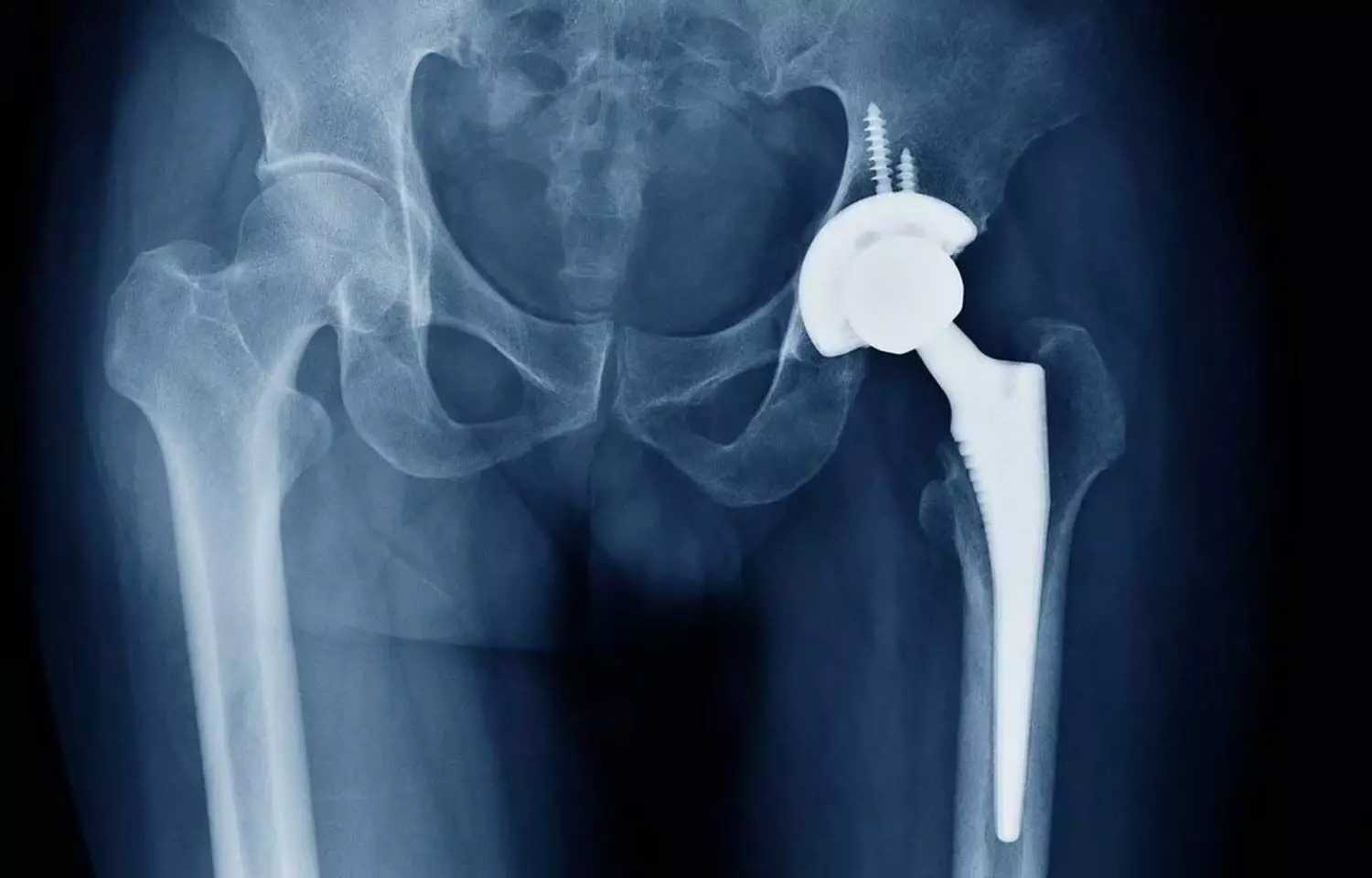Low carbohydrate intake from plant based foods and whole grains good for weight management: JAMA

USA: A recent study published in JAMA Network Open has revealed the importance of diet quality within low-carbohydrate diet (LCD) patterns for long-term weight management.
The researchers stated, “Only LCDs that emphasized high-quality fat, protein and carbohydrates from whole grains and other plant-based foods were associated with less weight gain, while a lower-quality LCD was associated with the opposite result.”
The cohort study used data from three large prospective cohort studies among 123 332 individuals. It revealed that LCDs that stressed om high-quality proteins, carbohydrates, and fats from whole grains and other healthy plant-based foods were significantly linked with slower weight gain in the long term. In contrast, LCDs emphasizing animal-sourced fats and protein or refined carbohydrates were associated with faster weight gain.
Low-carbohydrate diets have gained popularity due to their promising nature for promoting weight loss and improving metabolic health. In clinical trials, LCDs, such as ketogenic diets have resulted in favorable short-term weight changes. However, there is no clarity on the association of these diets with long-term weight management. In addition, continued adherence to diets extremely low in carbohydrates may be unsustainable.
Against the above background, Binkai Liu, Department of Nutrition, Harvard T.H. Chan School of Public Health, Boston, Massachusetts, and colleagues aimed to prospectively examine associations between changes in LCD indices and weight change among US adults in a prospective cohort study.
The study included initially healthy participants at baseline from the Health Professionals Follow-up Study (HPFS; 1986-2018), Nurses’ Health Study (NHS; 1986-2010), and Nurses’ Health Study II (NHSII; 1991-2015).
Five LCD indices were investigated: (1) a total LCD (TLCD) that emphasized overall low carbohydrate intake; (2) an animal-based LCD (ALCD) that emphasized protein and fat from animal sources; (3) a vegetable-based LCD (VLCD) emphasizing on plan-source of fat and protein; (4) a healthy LCD (HLCD) emphasizing less refined carbs, more healthy fat, and plant protein; and (5) an unhealthy LCD (ULCD) emphasizing more animal protein, less healthful carbs, and unhealthy fat.
The main outcome was 4-year changes in self-reported body weight. The study included a total of 123 332 participants (mean age, 45.0 years; 83.8% female).
The study led to the following findings:
- The median carbohydrate intake (as a percentage of energy) of the highest quintiles of TLCD score at baseline ranged from 38.3% in HPFS to 40.9% in NHSII.
- Mean weight gain over 4-year intervals among participants varied from 0.8 kg in the HPFS to 1.8 kg in the NHSII.
- After adjusting for demographics and baseline and concomitant changes of selected lifestyle factors, each 1-SD increase in TLCD score was associated with 0.06 kg more weight gain over the 4-year periods.
- Participants gained 0.13 kg per each 1-SD increase in ALCD score and 0.39 kg per each 1-SD change in ULCD score.
- Each 1-SD increase in VLCD score was associated with 0.03 kg less weight gain, and each 1-SD increase in HLCD score was associated with 0.36 kg less weight gain.
- The associations were more pronounced among obese individuals (per 1-SD increase in HLCD score: BMI ≥30, 0.88 kg less weight gain; BMI <25, 0.23 kg less weight gain).
“The study findings argue against the sole focus of macronutrient quantity for weight management and suggest the important role of nutrient quality in maintaining a healthy body weight,” the researchers wrote.
“Future studies are needed to validate these findings in more diverse populations and elucidate the mechanisms underlying these associations,” they concluded.
Reference:
Liu B, Hu Y, Rai SK, Wang M, Hu FB, Sun Q. Low-Carbohydrate Diet Macronutrient Quality and Weight Change. JAMA Netw Open. 2023;6(12):e2349552. doi:10.1001/jamanetworkopen.2023.49552
Powered by WPeMatico





















